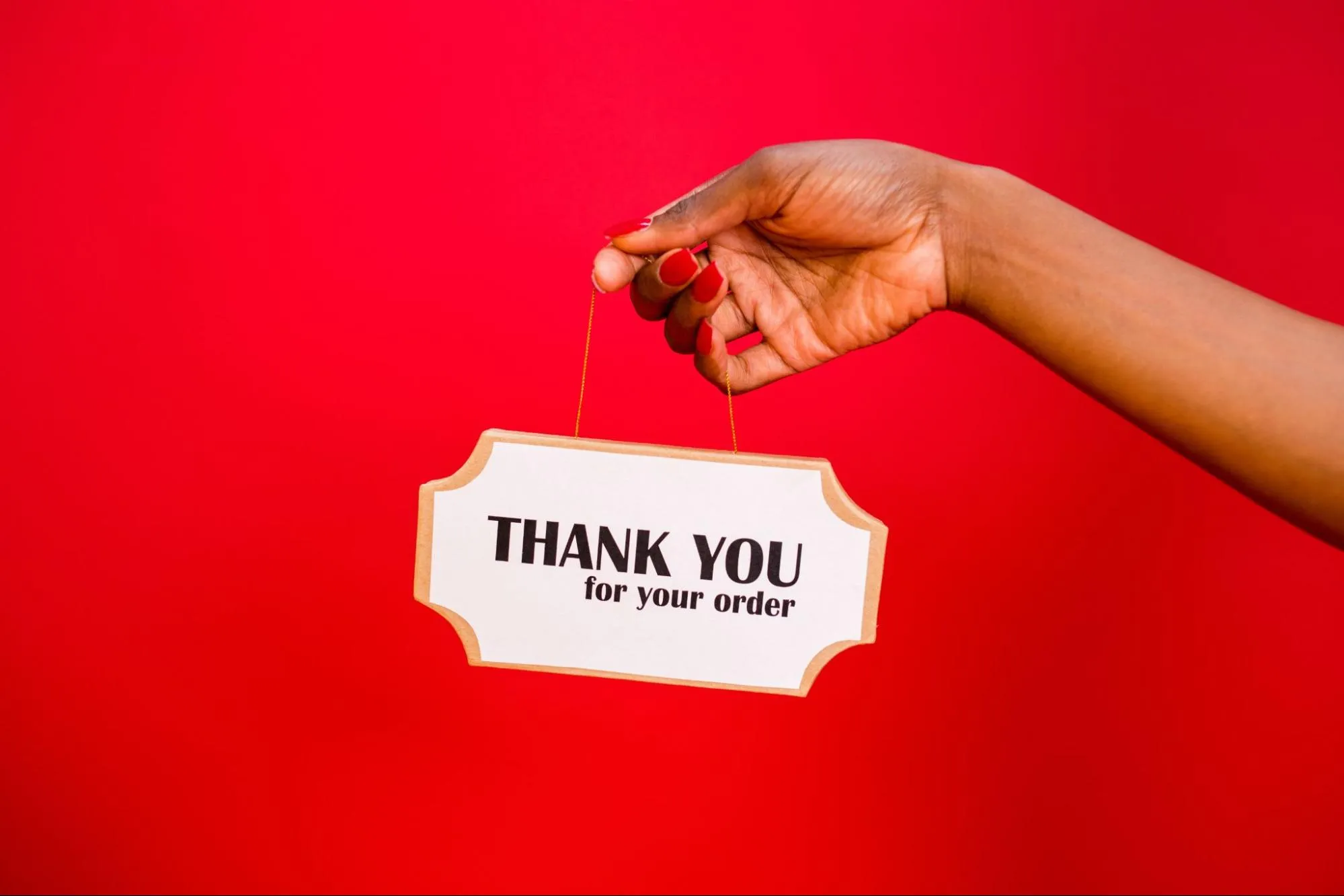7 Mistakes to Avoid When A/B Testing Email Campaigns
To help you avoid common pitfalls in A/B testing email marketing campaigns, we’ve gathered insights from seven industry professionals, including directors and founders. From avoiding changing multiple variables simultaneously to limiting wholesale adjustments, these experts share the top mistakes to steer clear of for successful campaign testing.
- Avoid Changing Multiple Variables Simultaneously
- Consider Audience Behavior and Seasonal Effects
- Account for Timing in Email Campaigns
- Steer Clear of One-Variable Dependence
- Don’t Direct All Traffic to Same Page
- Allow Sufficient Time for Testing
- Limit Wholesale Adjustments
Avoid Changing Multiple Variables Simultaneously
One critical mistake to avoid when A/B testing email marketing campaigns is changing multiple variables at once. Early in Click Intelligence’s journey, this error was made during a campaign. Both the email subject line and the call-to-action (CTA) button color were altered for the A/B test. When a significant difference in open and click-through rates was noticed, it was puzzling. Was the change due to the subject line, the CTA button color, or a combination of both?
By adjusting multiple elements simultaneously, the waters of the test results become muddied, making it challenging to pinpoint which change influenced the outcome. For precise, actionable insights, always change one variable at a time. This ensures clarity in results, allowing for informed, data-driven decisions in future campaigns.
 Simon Brisk, Director, Click Intelligence
Simon Brisk, Director, Click Intelligence
Consider Audience Behavior and Seasonal Effects
That one mistake is not considering the “time-sensitive nature” of your audience’s behavior and its impact.
Many experimenters send an A variant of the email on Monday and a B variant on Wednesday, which can impact the open rate. Not because there’s a problem with the content itself, but because people might be more receptive to emails at the beginning of the week, or perhaps they’re more active in the middle of the week.
Also, depending on your industry, there might be seasonal effects. Retailers experience this heavily around the holidays. If you test an email in December vs. January, user behavior might differ due to the holiday shopping mood in December.
Testing both email variants on the same day and time and repeating tests across varied periods for consistency is essential to overcome the time-sensitive issues.
 Daniyal Alam
Daniyal Alam
Growth Marketer, Talk Home
Account for Timing in Email Campaigns
Disregarding timing factors is a common mistake in overseeing email campaigns.
Once, two email designs were tested at completely different times of the day. The results were skewed, and it was realized that it wasn’t just the design affecting engagement, but also when the email hit the subscribers’ inboxes. Mornings might be better for some, evenings for others. Mixing up timing variables with content ones gave misleading feedback.
Therefore, it’s important to always ensure you’re comparing like with like, especially when timing plays such a pivotal role in engagement.
 Talita Moraes
Talita Moraes
CMO, Tarotoo
Steer Clear of One-Variable Dependence
When wielding the A/B-testing wand in the realm of email marketing, steer clear of the “One-Trick Pony” pitfall. Believe it or not, around 60% of marketers fall into this trap, according to the Data Wizards Guild.
Picture this—Unicorn Co. sent out two email versions, switching only the subject line. Bingo, they struck gold with a higher open rate! But beware, dear marketer, relying solely on a single variable like subject lines is like hoping a lone ingredient makes a gourmet meal.
To truly rock the A/B stage, spice things up! Tweak subject lines AND content, throw in call-to-action curveballs, and maybe even switch up the sender’s name. It’s like crafting a symphony—every note counts. So, no more one-hit wonders—let’s compose an A/B masterpiece!
 Himanshu Sharma
Himanshu Sharma
CEO and Founder, Academy of Digital Marketing
Don’t Direct All Traffic to Same Page
One of the biggest mistakes you want to avoid when running an A-B test on an email marketing campaign is sending all the traffic to the same landing page. Take the time to create two versions of the same landing page and send the A traffic to one and the B traffic to the other. You’ll be surprised how different the results can be based on the messaging of your email.
 Adam White
Adam White
Founder, SquidVision
Allow Sufficient Time for Testing
One significant error to avoid in A/B testing for email marketing campaigns is prematurely forming conclusions based on insufficient testing time. Rushing the testing phase can lead to skewed results and misguided decisions.
For instance, evaluating responses within the initial hours may neglect variations in recipient engagement due to factors like time zones or varying open times. To ensure the credibility of your findings, it’s essential to allocate an appropriate testing duration. This timeframe should encompass a substantial portion of your target audience, allowing for a more comprehensive understanding of their interactions with the email content.
By patiently allowing the test to run its course, you can gather statistically significant data, resulting in dependable insights. These insights can then be leveraged to fine-tune future email marketing campaigns effectively.
 Casey Preston
Casey Preston
CRO and Founder, Stratosphere
Avoid Wholesale Adjustments
The biggest mistake I see when A/B testing emails is that people change their emails too much, then can’t pinpoint why their performance has improved or worsened.
If you are going to A/B test, start off with a few minor changes individually, e.g., the email layout or headline. What you can often see is that people will make wholesale changes to the content of the email and the headline, so they often become completely different emails. This makes it difficult to nail down the reason for performance changes.
 Elliot Rushton
Elliot Rushton
Freelance Marketer, EPR Marketing
Submit Your Answer
Would you like to submit an alternate answer to the question, “What is one mistake to avoid when A/B testing email marketing campaigns?”
















